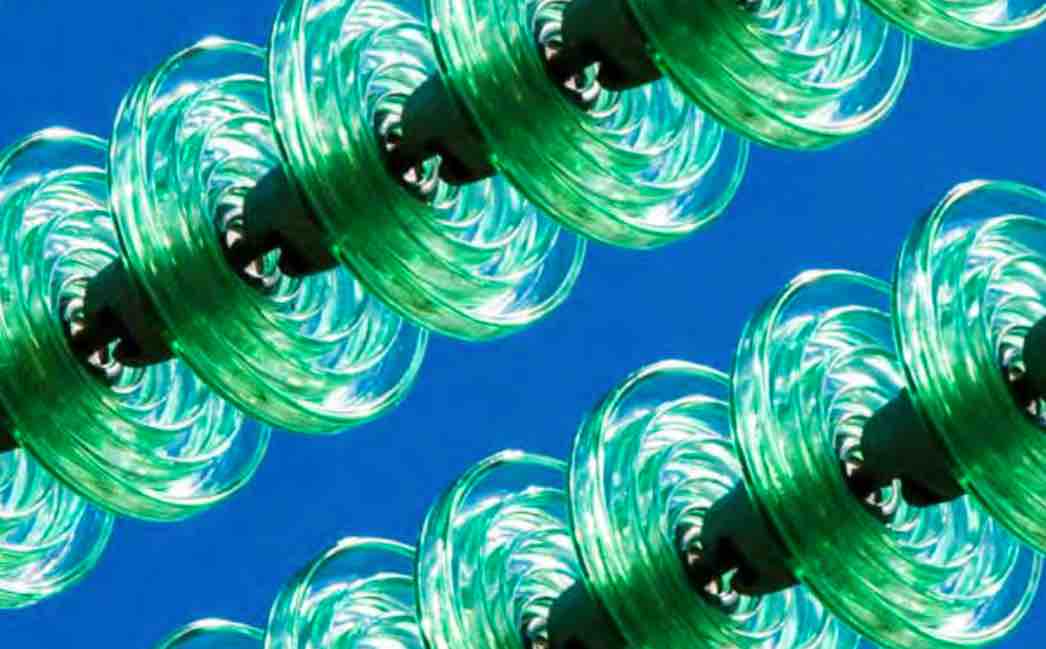The support from conservative commentators for a low emissions target has quickly evaporated, just days after they discovered that the costs of wind and solar have fallen so much that an LET might do little to support new coal generation.
The Australian‘s Judith Sloan wrote on Wednesday that she now viewed a low emissions target – even one set at the generous levels contemplated by the Coalition government – as “harebrained”.
Just a few months ago, Sloan and fellow commentator Chris Kenny were pushing for such a mechanism, apparently convinced that it would favour gas and coal. “Government should do a clean energy target,” she wrote in January.
Of course, it is now clear – even to them – that the cost of wind and solar has fallen so much, that their calculations are wrong. Modelling put out by the Climate Change Authority suggests an LET could devastate the coal industry, reducing it to just 20 per cent, while the share of renewables could jump to 70 per cent.
Sloan is aghast at the prospect, so much so that she wants to do away with anything that might encourage any new generation and challenge the primacy of the incumbent fossil fuel generators.
The outcome is entirely predictable, and was foreshadowed by Ric Brazzale and Tristan Edis, of Green Energy Markets, in their article last month entitled: Sloan and Kenny might be right: Let’s have an energy auction.
Their argument then was that a LET, properly configured, would quickly discover the lowest cost of generation – wind and solar – a fact increasingly recognised by all involved in the industry, including the CCA, even if some institutions can’t bring themselves to say so.
Of course, an LET could create a different outcome if the actual carbon intensity was set really high rather than really low, if the government did not offer many credits, and if the credits were also offered to existing generation.
That would simply result in a switch from brown to black coal, and not the wholesale change that is even being advocated by the International Energy Agency, which is urging a carbon intensity target for new generation of just 100kgCO2/MWh by 2025.
The great irony of the CCA modelling is that the policy that will likely result in the lowest form of renewable energy generation by 2030 is a carbon price – the very mechanism that the conservatives have railed against even more loudly than the Renewable Energy Target (RET), and now the LET.
Sloan is now advocating the government just rely on the RET, a policy she has criticised from pillar to post, often without basis. Presumably, her new-found enthusiasm for the RET is because it effectively offers no further inducement once the target is met by 2020.
She now wants wind and solar to compete directly with conventional generation. “There is now no need for ongoing subsidies,” she writes.
But the biggest subsidy of all, of course, comes from the ability of fossil fuel generators to emit with no penalty, either for their impacts on the climate, or other environmental impacts.
The playing field is not level either, because the market rules are pitched in favour of the incumbent industries, as the Australian Energy Market Operator and numerous other experts have pointed out.
They have called for rapid market reform to level the playing field, something that the policy maker has refused to do, under intense pressure from the fossil fuel industry.
The conservatives are likely to have conniptions over the conclusions of the Finkel Review, if they can’t even get their minds around the benefits of an LET.
A while back, some of Sloan’s stablemates began to attack the chief scientist, with Tim Blair and Andrew Bolt criticising him in February, and economist Alan Moran, who makes Sloan look like a moderate, asking ‘what would Finkel know, he’s only an electrical engineer.’
“Nobody would buy wind and solar electricity unless they are compelled or bribed to do so. Yet the Finkel preliminary report says the market is being driven not by this but by consumer demand and technology,” Moran wrote in the right wing Quadrant magazine.
“The credibility of the (preliminary) report is zero except to rusted-on ideologues, and the Prime Minister remains unfortunately among these.”
Note: In a further blow to the conservatives’ view of the world, the state with the most wind and solar, South Australia, has outperformed the rest of the country with 1.4 per cent growth in the March quarter, compared to 0.3 per cent for the rest of the quarter.
Conservatives like to believe that wind and solar signals the end of the world and the economy, but South Australia attracted the highest growth in private investment, and its annual figures also easily outstripped the remaining states.
Its latest quarter was equalled only by Victoria, which is putting in place a 45 per cent renewable energy target.












